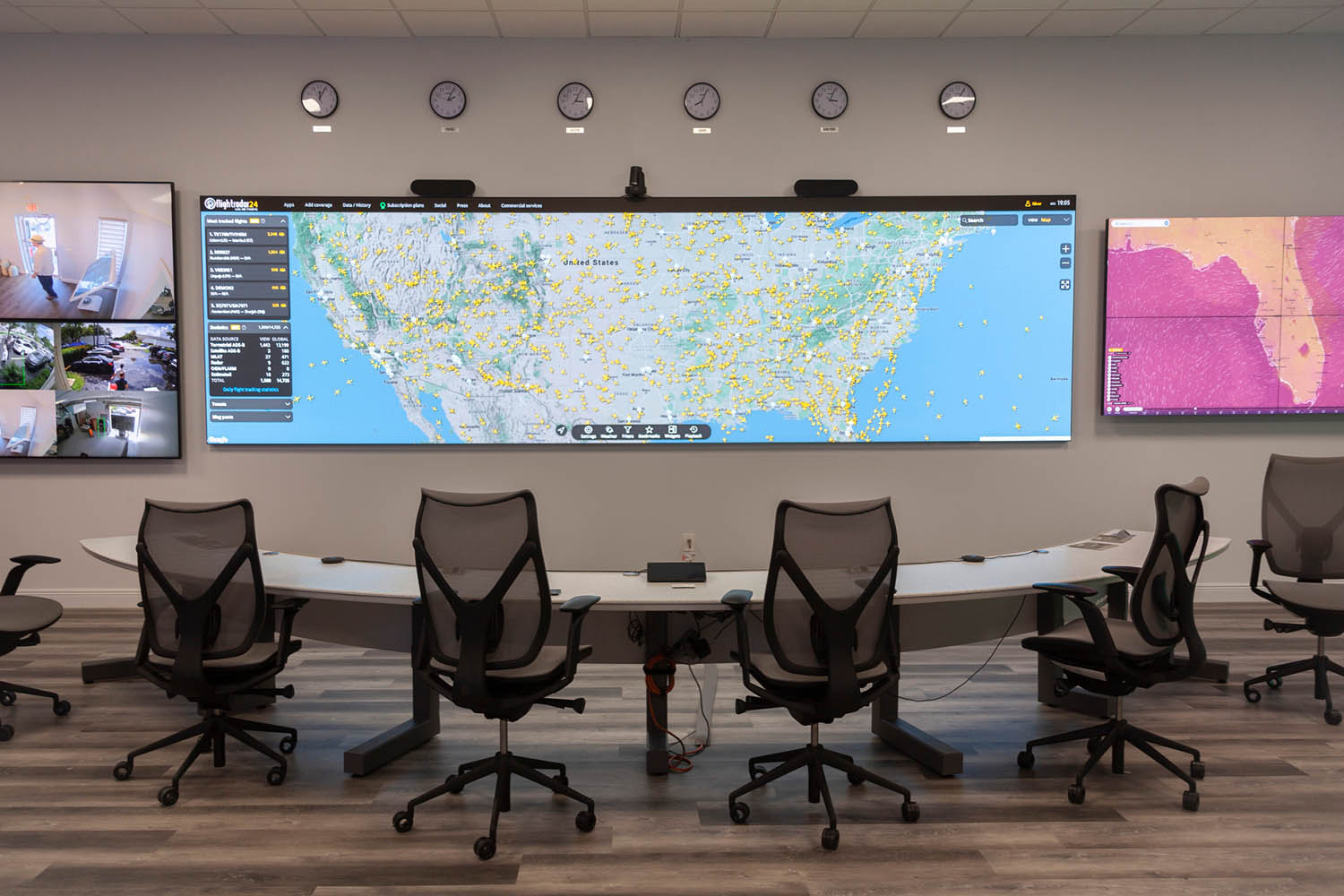Optimal Strategies for Positioning Speakers to Maximize Audio Quality and Attendee Engagement in Large Locations
Positioning speakers in spacious locations is essential for guaranteeing high audio quality and engaging the spectators effectively. The placement of speakers can greatly affect how sound travels throughout the space. When organizing an occasion, it is essential to consider the venue's size, form, and acoustics. Each of these elements plays a crucial role in how sound is distributed and perceived by the audience. By comprehending these factors, occasion planners can create an optimal configuration that enhances the overall experience for everyone participating.
One important aspect to take into account is the kind of speakers being utilized. Various loudspeakers have unique features that impact audio clarity. For example, array line speakers are often favored in large locations because they can project audio over long distances while maintaining fidelity. These speakers are engineered to function together, allowing sound to reach every area of the space evenly. Additionally, bass speakers can be tactically placed to enhance low-frequency output, making the audio experience more engaging. Selecting the appropriate combination of speakers is crucial for attaining the optimal sound quality.
Another important factor is the arrangement of the speakers. The positioning should be based on the spectators' configuration and the venue's sound characteristics. For example, speakers should be set at an appropriate height and tilt to ensure that audio signals hit the audience without deformation. It is also crucial to avoid positioning loudspeakers too near to barriers or corners, as this can cause undesired echoes and see reduce audio quality. A well-thought-out arrangement can help minimize audio problems and create a more pleasurable auditory encounter.
In addition to loudspeaker arrangement, sound testing is a crucial process in the process. Before the occasion starts, performing audio tests allows organizers to identify any possible issues and implement necessary modifications. This checking should encompass monitoring for feedback, adjusting sound intensities, and confirming that all speakers are functioning correctly. By taking the effort to check the audio system, event organizers can ensure that the sound quality satisfies the spectators' requirements and improves their involvement with the event.
Finally, audience engagement can be additionally enhanced by considering the complete layout of the venue. Factors such as arrangement, lighting, and platform configuration can all impact how the spectators interacts with the loudspeakers. For instance, a well-lit stage can draw focus to the speaker, while comfortable seating can keep the audience focused and engaged. By establishing an welcoming environment, planners can foster a connection between the presenters and the spectators, leading to a more unforgettable and significant occasion. In conclusion, meticulous preparation and consideration of sound clarity and audience engagement are crucial for successful events in spacious venues.